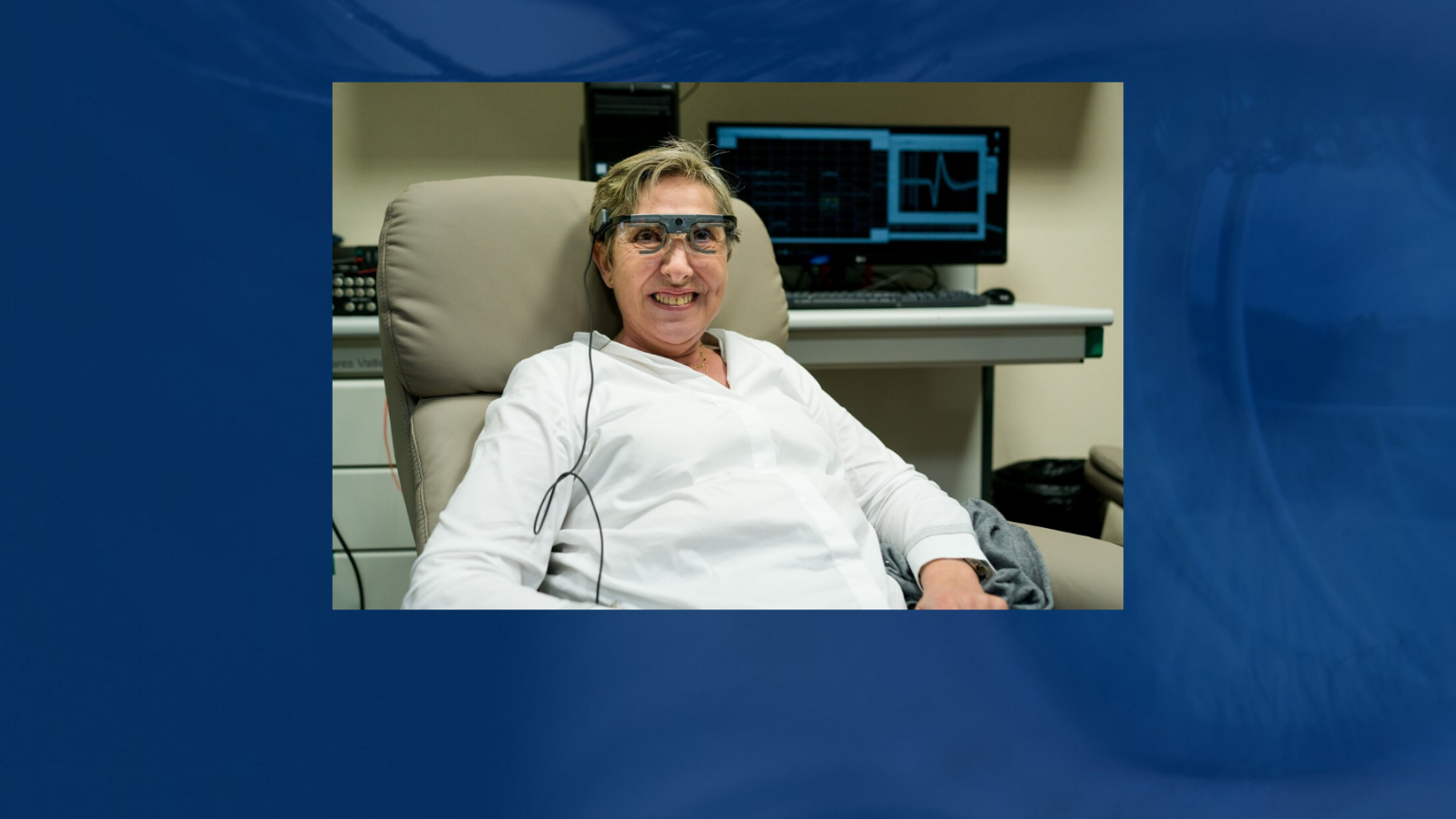Brain Cells Most Impacted by Glaucoma Protected by Protein
June 2022

Sigma 1 receptor, a ubiquitous protein, that provides protection to the cells from stress also happens to the be the key function and survival of neurons that are most impacted by glaucoma.
Sigma 1 receptors are common protein that are present in all the cells in the body. This includes, the retinal ganglion cells, which connect the eye to the brain and also the brain cells known as astrocytes which support and nourish the neurons.
Dr. Kathryn Bollinger, an ophthalmologist at the Medical College of Georgia said that with the absence of the sigma 1 receptor, two brain cells types in a cell culture dish together with the retinal ganglion cells cannot survive well. Bollinger also adds that the patients with glaucoma, due to the structure of the retina and the optic nerve, the axons of the ganglion are more vulnerable to damage. As cells are most important for the communication of the visual signals to the brain, patients can lose a part or all of their vision due to glaucomatous damage. Even the back area of the optic nerve can be damaged and inflammation can lead to it worsening.
Dr. Sylvia Smith, retinal cell biologist and chair of the MCG Department of Cellular Biology and Anatomy, notes that the benefits derived in the culture, even though the two cells types were not physically connected. The star-shaped astrocytes usually have a tight hold on the neurons they support.
“It speaks to factors that are released, but to see a difference in the absence of sigma receptor makes you really think what else is this little magical protein governing that is now lost,” says Smith, in the process of exploration of the neuroprotective benefits of sigma 1 receptor in the eye.
From this and the previous findings, though more work would be required, the sigma 1 receptor helps the astrocytes to secrete supportive factors for neurons like brain derived neurotrophic factors. The scientist also found that the retinal ganglion cells are better protected from just being in the same medium in which the astrocytes with their sigma 1 receptor intact had been in, even after the astrocytes themselves were not present.
Bollinger adds that when the neuroprotection is not optimal, the internal receptor is missing from astrocytes. Retinal ganglion cells grow shorter and fewer neurites, which reach out to the other neurons and is an indicator for the overall health and function and experiences more death, a way in which the body eliminates cells that no longer function properly.
Scientists are further looking into exploring what kind of a role these sigma 1 receptors have in each brain cell type, how they may work together and what would happen when the retinal ganglion cells are missing the sigma 1 receptors. Researchers are also looking forward to moving their study from cell culture into animals models for glaucoma.
They have previously shown that during stress, making use of sigma 1 receptor activator like (+) – pentazocine on astrocytes from the optic nerve head leads to the reduction of the formation of potentially destructive reactive oxygen species and protects astrocytes from dying. Evidence has been found that shows the activation of the sigma 1 receptors leads to the increase in the activity of the synapses on the optic nerve head, which includes the increase in STAT3. This is a protein that is essential to many cell functions and is known to regulate the activity of the astrocytes. It is noted that in Alzheimer’s, multiple sclerosis and some other diseases, the presences of STAT3 activation in astrocytes is what helps in neuroprotection.
Scientists are focusing hard-to-study astrocytes in the optic head, which metabolically, nutritionally and structurally support the retinal ganglion cells. In both the brain cells, sigma 1 receptor is present and the scientist want to know where they mattered the most in terms of neuroprotection. They believe that the sigma 1 receptors’ presence in astrocytes is critical to survival of these critical neurons.
Jing Zhao, research associate and biomedical engineer in the MCG Department of Ophthalmology and first author on the paper, is an expert in isolating astrocytes from the optic nerve head, a skill that made the specific cell analysis possible.
Smith has led many studies which show that the pain-relieving drugs like (+) – pentazocine, that activates the sigma 1 receptor, can help in the protection of the retinal ganglion cells in model conditions like diabetic retinopathy, where the retina is the target. In 2008, in a journal published by Smith and her colleagues, showed the first evidence of the effect of the sigma 1 receptor on the protection of the retina in diabetic retinopathy. They suggested that it may also be helpful in glaucoma.
From the above work, Bollinger’s work was inspired in glaucoma. Treating patients with glaucoma, Bollinger has researched in this particular area of interest, where the increase in the availability of compounds that activate sigma 1 receptor, can make the transition easier if beneficial findings continue to hold, she says. She further adds, “This is a target that appears to be clinically useful from a practical point of view,”
This article was originally published by ScienceDaily.




